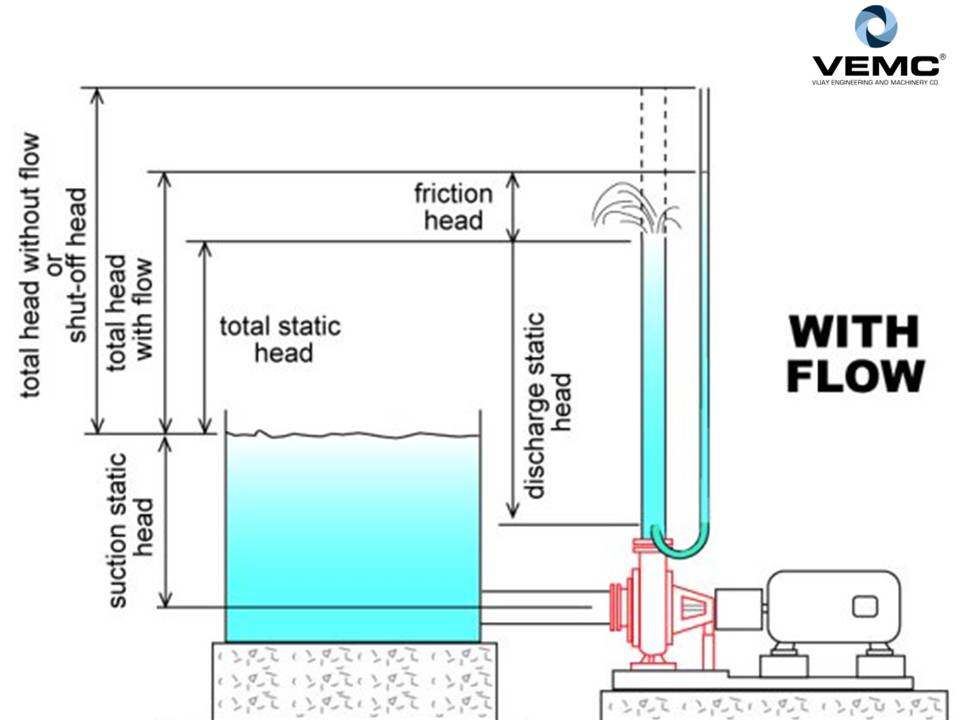
If you’re recently started learning about centrifugal pumps, you probably aren’t well-acquainted with what the term ‘head’ refers to in this case. So, let’s start with that.
Head is a measure of how much kinetic energy a pump can generate. If a pump’s discharge is directed upwards, the head would refer to the height that the pumped fluid would be able to reach.
Is head the same as pressure?
No. The pressure isn’t used to measure the energy produced by a pump because it is impacted by gravity. Head, on the other hand, remains unaffected by the weight of the fluid when it’s being measured.
So, what does ‘shut off head’ mean?
Shut off head is the maximum head achievable by water pumps and occurs at zero flow. It consumes minimal power at this point. One clear sign of shut off head is when your pump vibrates more than usual and generates way more noise.
It is not recommended to operate your pump at zero flow for an extended period of time
You may be wondering why. This is what would happen if you operate your pumps at zero flow for long periods of time:
- The friction created by the impeller will generate enough heat to boil the water present in the pump.
- The heat will cause the mechanical seal to break and the plastic components of the pump will damage or melt.
- Water is likely to leak into motor windings in residential systems.
- Finally, as a result of high pressure, the pressure switch will shut the pump down, leading to minimal or no flow.
At Vijay Engineering and Machinery Company, we care about our clients’ safety and strive to ensure that we take every step to facilitate the correct usage of the high-quality Kirloskar pumps we sell. Have a question about your pump? We’d be happy to assist you! Click here to contact us.

